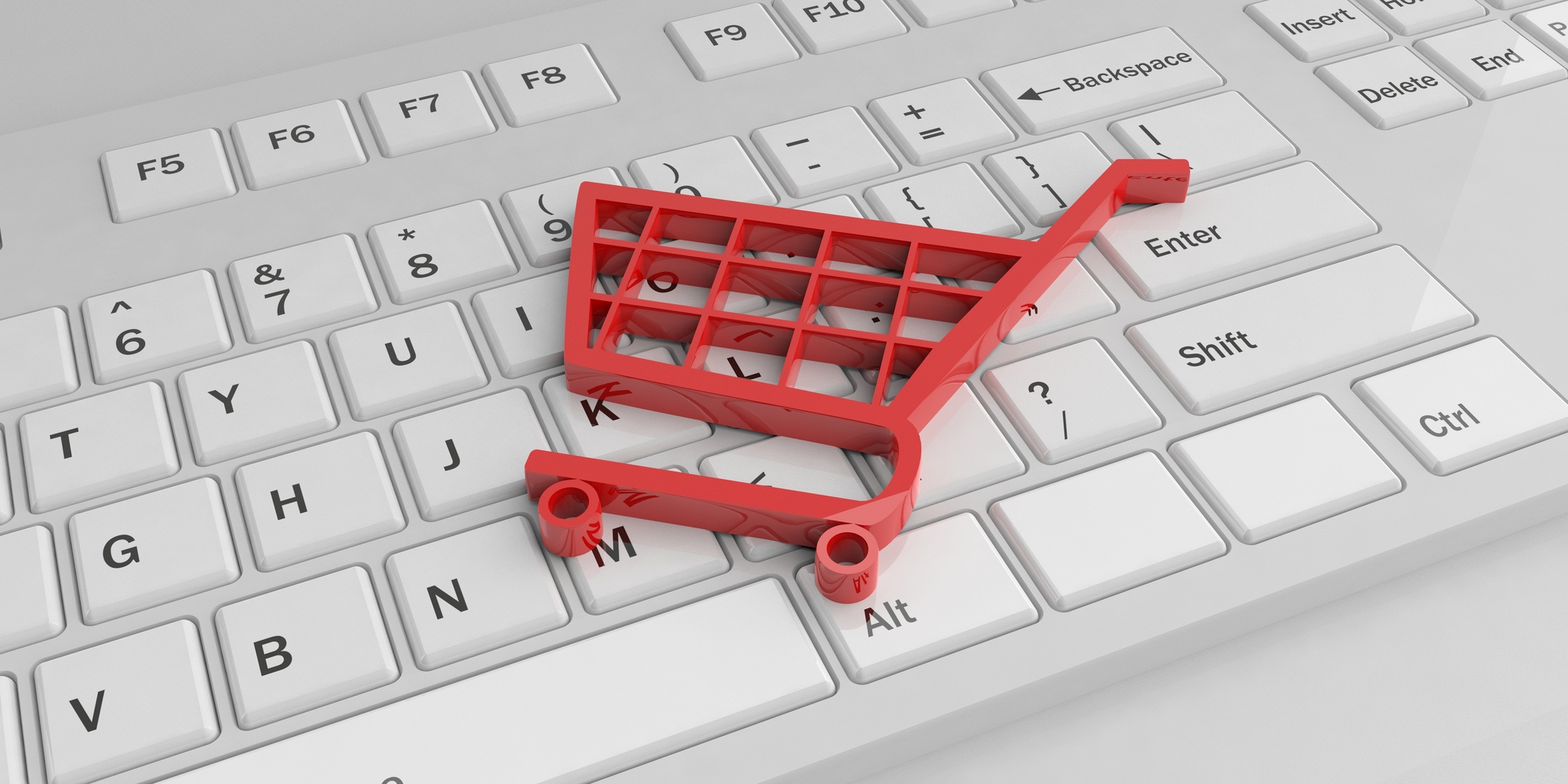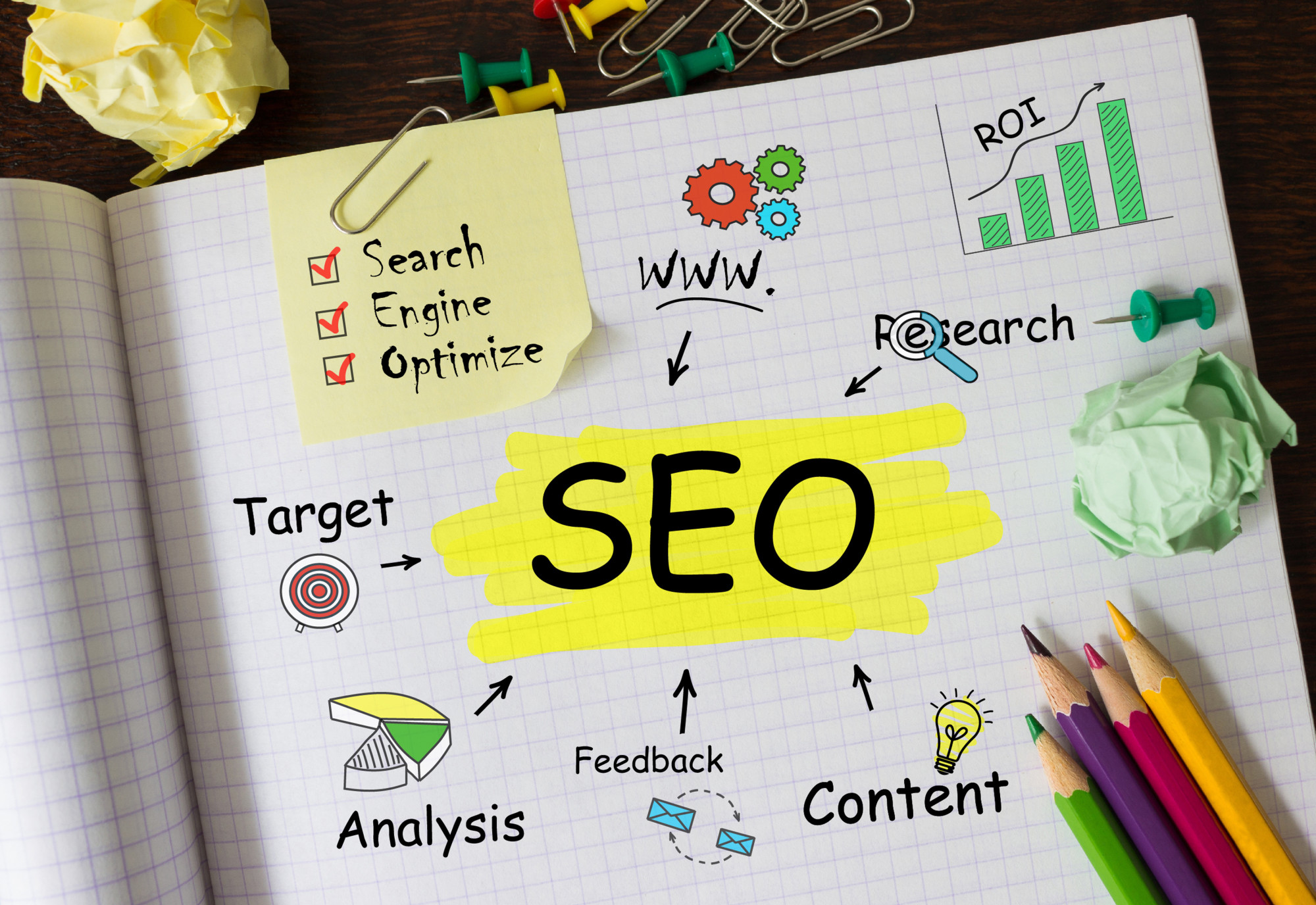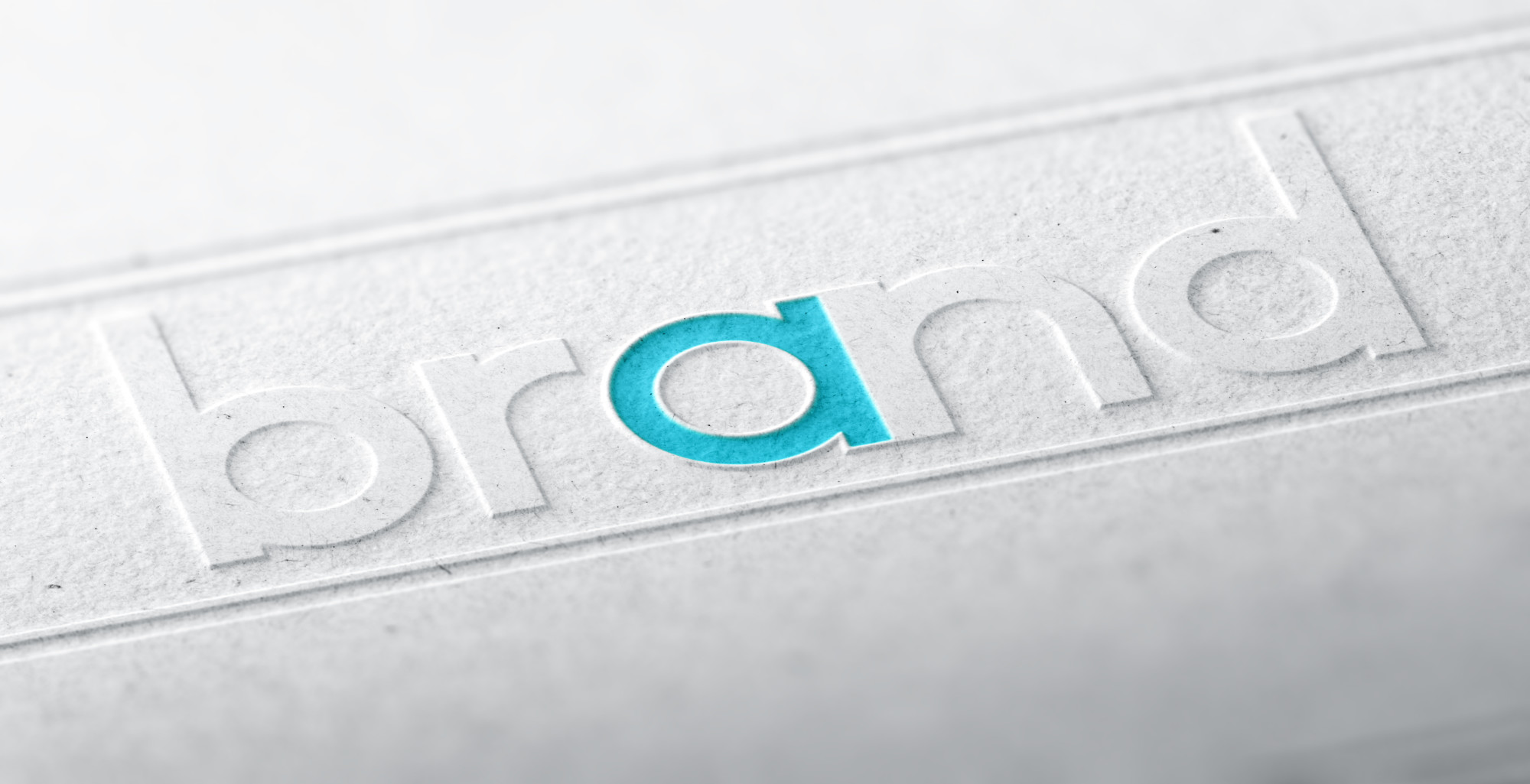4 Tips to Enhance your Site’s eCommerce Experience that Turn Traffic Into Sales
Posted on September 24, 2020 by Logo Design Tips and Tricks

Your eCommerce website needs to grab and hold attention in order to garner sales. However, if you are like a lot of site owners then you may be having a difficult time figuring out how you can grab the attention of website visitors.
The good news is that with a few tweaks of your website’s content you will have a greater chance of getting sales. Here is a look at some of the best strategies you can use to enhance the eCommerce experience.
1. Make the eCommerce Experience Easy
Make it easy for your website visitors to find products. This means that you should ensure that you categorize products.
You need to think about the intent of your customers and make it easy for them to find categories and filter down to find more specific items.
The more you can reduce frustration the more sales you are likely to make.
2. Showcase New and Special Offers Above the Fold
When you have a special offer on a product or it is new your visitors should know about it as soon as they get to your website. The best way to do this is to have a banner at the top of your site.
This is where you should showcase it to get immediate attention. Put as much information as possible above the fold.
3. Get Feedback and Reviews
Feedback is essential to improve your website performance. It’s important to take a careful look at recommendations as your customers are the very ones who will give you the best ideas to improve your website.
Have areas on your website for reviews. Reviews are powerful they can help to sell your products.
Develop a presence on social media and showcase these on your website as well. This will increase your trust level with customers which in turn increases conversions.
4. Try to Stay in Stock
There is nothing quite as annoying as going to a website only to find that the product of choice is out of stock. This is why it is important to have a product information management system.
Having a system in place to tell you when stocks are low is the best way to ensure that you are always in stock. A product management system also helps you to organize your products and see clearly which product is the most profitable for your store to carry.
Watch Sales Take Off
The eCommerce experience needs to optimized for customer satisfaction so that you can see an increase in sales for your business. You need to ensure that your products are categorized for easy access to product.
Keep these products in stock as much as possible this will help increase customer satisfaction. Ask your customers for feedback so that you can make effective changes. Try to get reviews and create a strong social media presence to increase customer confidence.
If you would like some information on developing a blog for your eCommerce site please check out the Quickstart Guides.
A Simple Guide to the Common Types of SEO
Posted on September 23, 2020 by Logo Design Tips and Tricks

Did you know that Google receives over 63,000 searches per second?
The global powerhouse is the first place most people turn when they need to answer a question—which offers an opportunity your business can’t afford to pass up. If you want to be part of the answer your audience finds, search engine optimization can help get you there.
But if you’re just starting out in the world of SEO, knowing where to start can be overwhelming. We’ve put together a list of the four common types of SEO you should know to make the most of your campaign.
1. On-Page SEO
As the name suggests, on-page SEO refers to the content on the pages of your website. The goal here is to help search engines understand the content on your page, and to establish the page as a source of authoritative information on the subject.
This type of SEO includes keyword research, which is designed to help you find the most appropriate keywords for the page, as well as keyword optimization to ensure that keyword appears in the right places. If you don’t already have written content, SEO services may include content creation as well.
2. Technical SEO
This type of SEO refers to the unseen elements on your website, including your backend structure.
To help search engines understand your website and recognize it as a quality site, technical SEO might include strategies that improve its speed and mobile-friendliness. It might also reorganize the site’s architecture or ramp up the security as well, in addition to many others. All of these strategies, of course, should follow the established quality guidelines.
3. Off-Site SEO
When search engines consider how your website should appear in the search engine results pages, they also consider the relationships your site has built with other sites. Off-site SEO (also called “off-page SEO”) helps connect you to other authoritative websites, building a network that establishes your content as a trusted resource for your audience.
To do this, off-site SEO will work to create high-quality backlinks to your site. Backlinks are links from other authoritative websites to your site, and they’re a great way to showcase your site as a good source of helpful information. Your off-site SEO efforts may include other strategies as well, including social media sharing and customer reviews.
4. Voice Search SEO
This is one of the newest elements of SEO, but it’s more than just a trend. With devices like Alexa and Google Home in many US households, it’s important to make sure voice searches pull in your information correctly.
Voice search SEO includes making your content more voice-search-friendly. This can mean organizing it into bulleted lists, setting the answers to vital questions apart from the rest of your content, or using popular vernacular spoken phrases in your written content.
Take Advantage of All Four Common Types of SEO
Weaving together all four types of SEO is crucial for mastering your online presence, generating leads, and making more money online. The right optimization tactics can make or break your business’s success, so it’s worth the extra effort of pulling in these strategies—or hiring an expert to do it for you!
If you’re interested in more of the business and technology tips that matter, check out our other blog posts for more guides.
An Entreprenuer’s Guide to Managing a Remote Team Effectively
Posted on September 23, 2020 by Logo Design Tips and Tricks

The popularity of office work is going down every year. Now that people have learned that they can work from home, they expect that convenience from places they decide to work. The number of people working remotely in 2020 has grown to 4.7 million people as a result.
The question is, can you use the same management techniques when people are working from home?
Managing a remote team takes a different skill set than managing one from an office. Keep reading to learn how to manage a remote team the right way.
Use Project Management Software
It’s hard enough to keep projects organized when you have everybody in one place. If you have no system in place when you’re remote, you’re setting up your business for a disaster.
One of the best tips for managing a remote team is to set up an online project management system. Your software will provide your employees with a place to check on the status of projects, get updates, and figure out what tasks need to be accomplished next.
Give People Flexibility
The days of spending a straight eight hours at work are coming to an end. The flexibility of remote work has shown people that they don’t have to work a typical eight-hour workday. They can split that time up during the day.
Your employees are likely to experience different emergencies as they work from home. Make sure you give them the flexibility to take care of their home life. As long as they get their work done, you shouldn’t have a problem when someone needs to take care of an errand.
Avoid Off-Hours Work
It’s tempting for people to go above and beyond when they work from home. Your personal and work-life can start overlapping, so it doesn’t seem like a big deal to sit back down to get something done.
Encourage your team to resist this temptation. To help with this, make sure you don’t assign any work and expect it to be completed during the evening.
Don’t Micromanage
Many managers think they have to keep an eye on their employees when they aren’t in the office. They try to install invasive monitoring software on their team’s workstations. However, there’s a better way to do things.
Instead, trust your team to do their jobs. Make sure they have the tools they need to be successful. You’ll learn who your top talent is when you give them a chance to shine.
Invest in Meeting Software
Yes, it’s possible to handle your workload by email. The problem is that people are social creatures. Working from home can be isolating and can impact employee performance.
Invest in instant conference call software to hold meetings and give your employees some face-to-face time with each other. You can also use this time to check in with people to make sure they have everything they need to do their jobs.
Managing a Remote Team Doesn’t Have to Be Hard
It’s important to remember that working on a remote team isn’t only a change for you. Your team will need to learn a new way to handle their jobs. Use the tips above to make managing a remote team an easy and enjoyable experience for everyone involved.
If you want to learn more about the tools of the trade for remote work, head back to our blog. Our latest posts cover what work tools you need to succeed.
How Brands Make Memorable Logos
Posted on September 22, 2020 by Logo Design Tips and Tricks

Logos are, hands down, the most powerful symbols of what brands stand for. They penetrate through cultural and language barriers, and you’d be surprised at how much money companies are willing to cough up to have the most memorable one. Would you believe that the BBC paid a monumental $1.8 billion for its logo?
It’s among the most memorable logos, along with Apple, Coca Cola, Nike, and McDonald’s. These logos are the face of their companies, as it should be. A logo should be part of a business that grabs attention and makes a great first impression.
It should separate your brand from the competition, foster brand loyalty, and serve as the foundation of your brand. The question is, how do you create a recognizable logo in such a competitive world? This is exactly what we’ll discuss in this post, and guide you on how to make a successful logo for your brand.
Understand the Brand
Before you go to the drawing board to brainstorm with your team, it’s imperative for you to understand your brand. The logo essentially represents the brand and creating one without knowing the brand can be a massive logo branding mistake. It would be like creating an image with no purpose.
Most of the memorable logos you have come across happen to have hidden meanings behind them or hidden right in the logo. FexEx, for instance, has an arrow between the letters E and X at the end, which signified speed and precision. The Amazon logo has a smile in between the A and Z, which is not just a smile, but an arrow indicating that the shopping giant sells everything from A to Z.
It’s vital that you consider the attributes of the brand because it’s an introduction of your brand to customers. Consider your target market, your brand’s history, your competitors, and intended visual identity. It’s important that you take time and note down what emotions your brand evokes in people, your plans and aspirations, your company goals, and your brand ideology.
Create a Logo That Stands Out
A successful logo is simply one that stands out enough to be memorable. Apple, for instance, has a logo that really stands out. The bite in the apple relates to the byte of the digital information the company deals with. Consumers like it even more for the double entendre and dual suggestion, making it one of the most memorable logos in the world.
This means that to create a successful logo, you need to think of a unique symbol and be creative with the fonts, colors, and images you use with it. Do something quirky and break the conventional rules if you have to, but make sure you design something interesting enough to be captivating and memorable. Your logo should be recognizable in a pile of hundreds of other logos, so don’t be afraid to go all-in here with ideas.
Use the Right Colors
Talking about colors, did you know that different colors have different psychological relations? The right colors will make your brand beautiful, intriguing, and bright. Bright and bold colors grab attention much faster, while muted colors ooze sophistication.
You also need to consider the brand colors and company representations while considering colors because consumers have to associate the logo with the brand. Different colors have a different impact on human emotions, so you need to choose colors that evoke the emotions you want. Red, for instance, evokes the feelings of love, affection, and passion, while green evokes those of nature and growth.
Blue, which is the most widely used logo color, represents professionalism and trustworthiness, while purple is associated with royalty. Pink represents femininity, and the ever-powerful black represents power, authority, and credibility.
Choose the Right Kind of Logo
What kind of logo will be most suitable for your brand? There are many different types of logos, and this is a question you should ponder before settling on the right one. Essentially, you can use lettermarks, pictorial marks, abstract marks, an emblem, a mascot, or a combination logo. Some great examples of lettermark logos include IBM and NASA, and wordmark logos include Visa and Google.
Graphic logos, on the other hand, are like the Apple logo, mascot logos have some mascot like KFC, emblem logos have a flag in them, combination logos have two different types, and abstract logos can be defined in more ways than one, such as Pepsi. Choose the right one, depending on the personality of your brand and the message you want to convey. Beyond that, you have to consider what typeface and font will go well with your type of logo.
Go for a Simple Design
When it comes to logos, the simple ones are the most memorable logos, and for obvious reasons. Most people only take a glance at most graphics, and you need to ensure that what they see within that glance is memorable and will be recognizable the next time they see it. A simple design is one that consumers find appealing without having to define or figure out the hidden meaning.
Don’t get this wrong, though, because simplicity and ordinary are two different things. Make your logo design simple, but quirky to the extent that makes it one of the most recognizable logos your target audience comes across. Come up with something eye-catching, and you can use it on your brand for years to come.
Create Something Long-Lasting
Talking about years to come, you need to create a logo that will scale with you over the years, regardless of how much your business grows. Your audience may not like it if you change your logo years from now. Take GAP, for instance, that chose to change its logo a few years back, which really backfired after their audience complained too much about it.
Once your business grows, your audience will grow emotionally attached to your brand, and they will always want the logo they relate to. This is why most global brands have had their logos for decades, some only tweaking them a little when they rebuild their brands.
Ensure You Test It in Black and While and for Scalability
Logos usually remain in back and white in newspapers, documents, stationery, and other promotional products. The logo you design may look exceptional with the right colors, but not so memorable or recognizable in black and white. This means that your logo needs to leave as much impact in black and white as it does in colors.
Try designing your logo in pencil sketches first, after which you can add the colors of your choice, to meet both goals. Beyond that, it’s also vital that you test it for scalability and ensure it would fit well in a small stamp or a humongous billboard, and still retain its beauty and message. Use a secure online fax and send your final designs to experts for an honest review before you make it official.
Creating Memorable Logos: This Is How You Do It
With these tips, creating memorable logos becomes much easier. There are so many businesses around, each one with its own logo, so you need to ensure that you create something unique that works well with your brand.
For more incredible and informative content, please check out our blog section, where we have so much more.








